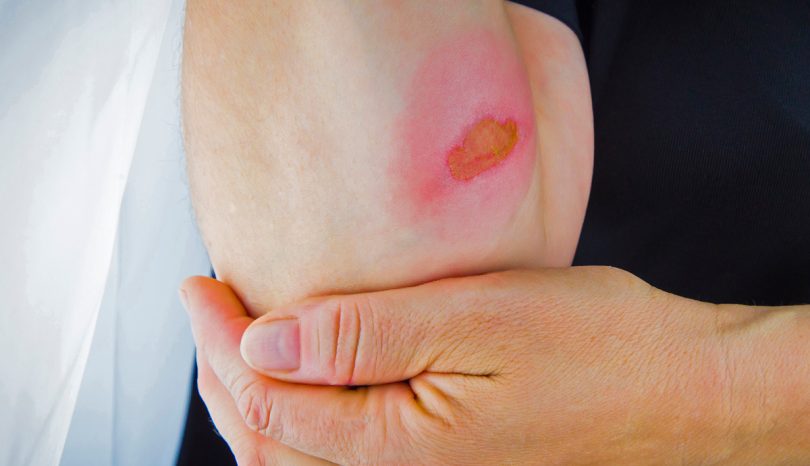- Find A Medical Provider
- Auto Injuries
- Common Injuries
- Medical/Pharmaceutical
- Types of Medical Injuries
- Malpractice Injuries
- Drug and Medical Device Injuries
- Drugs and Devices Linked to Cancer
- Opioid Addiction
- Drugs and Devices Known to Cause Injury
- 3M Combat Arms Earplugs – Hearing Loss
- Accutane
- Aciphex
- Actonel
- Actos
- Adderall and Ritalin
- Advair
- Aldara (Imiquimod)
- Alli
- Ambien
- Amiodarone
- Anzemet
- Aptivus
- Aranesp
- Arava
- Atorvastatin
- Avandia
- Benicar
- Birth Control Medication
- Blood Thinners
- Essure
- Fosamax (Alendronate Sodium)
- Gadolinium-Based MRI Contrast Agents
- Granuflo
- Hernia or Surgical Mesh Injuries
- Hydroxycut
- Inferior Vena Cava Filters
- Invokana Toe and Foot Amputations
- Ketek
- Levaquin
- Lipitor
- Mirapex
- Neurontin
- Onglyza
- Over-the-Counter Medications
- OxyContin
- Paxil
- Power Morcellators
- Pradaxa
- Propecia
- Reglan
- Talc Powder
- Trasylol
- Valsartan
- Viagra
- Xolair
- Zelnorm
- Zoloft
- Work Injuries
- Sports Injuries
- Marketing Services
- Blog
List your practice on InjuredCare | Log in / Sign up
Burn Injuries

Three main types of burn injuries are common in the workplace: thermal (heat), chemical, and electrical. Thermal burns can occur from contact with steam, flames, hot surfaces, and hot liquids; exposure to certain chemicals causes chemical burns. Electrical injuries are the result of touching equipment with faulty wires, touching electrical sockets or switches with damp hands, or cutting into live wires.
Burn symptoms range from a feeling of minor discomfort or pain to a life-threatening emergency, depending on the size and depth (degree) of the burn. The least severe burns are known as first-degree burns because they affect only the first layer of skin. Second-degree burns involve reddened skin and some blistering. The most severe injuries are third-degree burns, where the skin surface seems charred and tissue visible under the destroyed skin appears white.
To assess the severity of a patient's burn injury, a chiropractor or other medical professional will examine the affected skin and check for other injuries and may order lab tests, radiographs, or other diagnostic procedures. Most minor burns can be treated at home and usually heal within a few weeks.
For a severe burn, after the appropriate first aid and wound assessment, treatment may involve medications, wound dressings, therapy, and surgery. If a burn covers more than 10 percent of the total body surface area, is very deep, or is on the face, feet, or groin, transfer to a burn center for treatment may be necessary.









